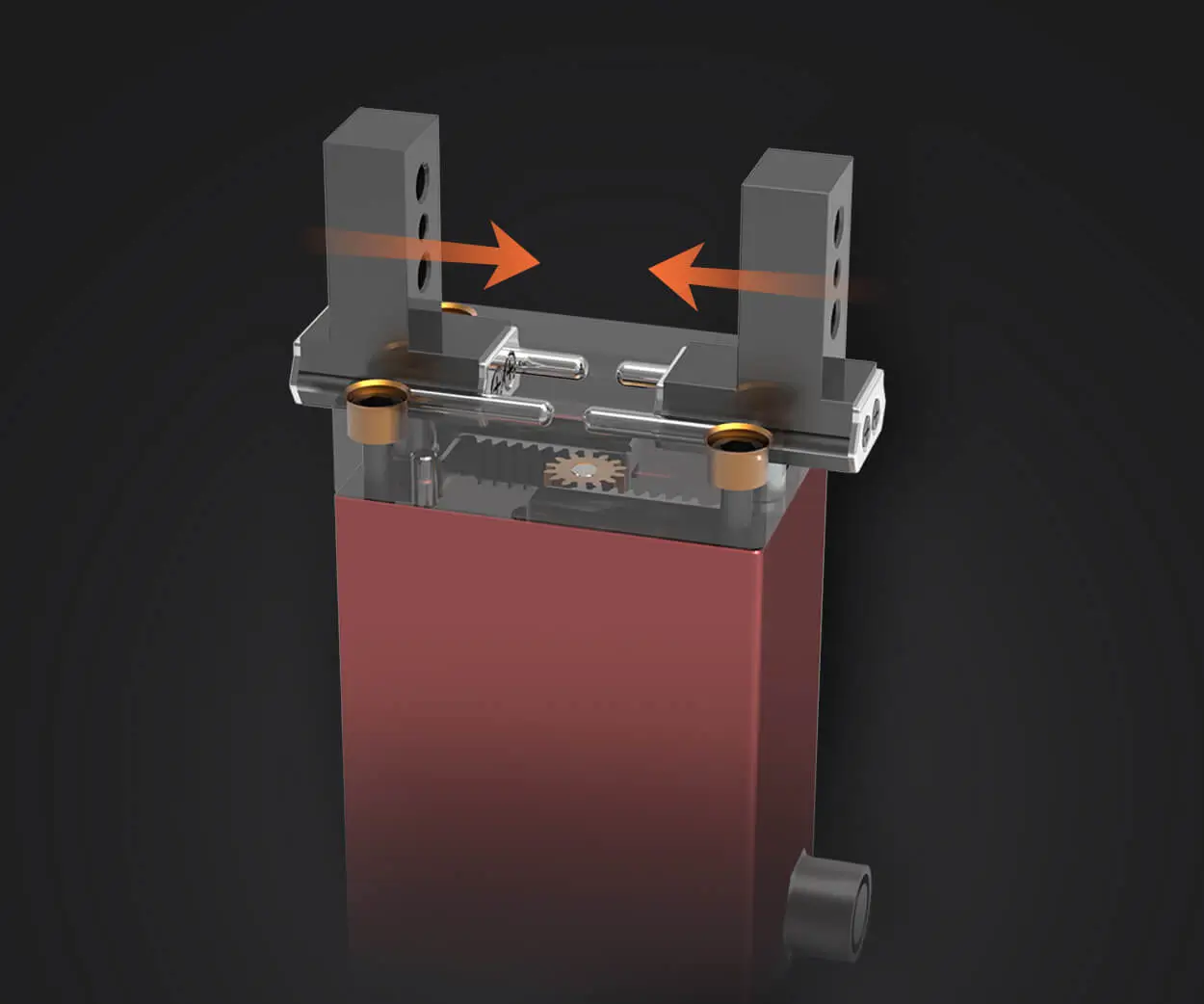In today’s rapidly evolving digital landscape, the ability to access your computer remotely is no longer just a convenience—it’s become a necessity. Whether you're a busy professional juggling multiple projects, an IT administrator managing an extensive network, or a casual user wanting to access files from home, the power of remote control desktop solutions for Windows 10 is transforming how we work and interact with our machines.

Windows 10, the versatile and widely used operating system, offers several built-in and third-party tools that make remote access seamless, secure, and user-friendly. These tools enable users to control their desktop from virtually anywhere in the world, provided there's an internet connection. But before diving into the specifics, it’s worth considering what makes remote desktop use so compelling.
Imagine sitting in a cozy coffee shop miles away from your office, and with a few clicks, you’re opening your work files, running applications, or troubleshooting problems on your workstation. This level of flexibility not only boosts productivity but also aligns well with modern work-life balance trends. It reduces the need for physical presence, saves commuting time, and ensures that your digital workspace is always at your fingertips.
Windows 10’s remote desktop capabilities are designed with security and ease of access in mind. The Remote Desktop Protocol (RDP), built into Windows, acts as the backbone for secure remote connections. It allows users to log into their Windows machines from other devices without compromising sensitive data.
Getting started is fairly straightforward. First, ensure your Windows 10 device is configured to accept remote connections. Open the “Settings” app, go to the “System” section, then select “Remote Desktop.” Toggle the switch to enable remote connections. Once enabled, you’ll be prompted to specify user accounts permitted to connect remotely—often, your Windows login credentials suffice.
For users seeking a more robust or feature-rich experience, third-party remote desktop applications are abundant. Notable options include TeamViewer, AnyDesk, Chrome Remote Desktop, and LogMeIn. Each platform offers unique features, from cross-platform access and file sharing to custom security options.
Security, undoubtedly, is a primary concern when enabling remote control. You want to ensure your connection is protected against unauthorized access. Windows 10’s built-in RDP uses Network Layer Authentication (NLA) to encrypt sessions and verify user credentials before establishing a connection. Additionally, using strong, unique passwords, enabling two-factor authentication, and limiting remote access to specific user accounts are good security practices.
One common challenge users face is dealing with firewall settings or NAT configurations that can obstruct remote access. To overcome this, configuring your router to forward the relevant port (default is TCP 3389) or using a Virtual Private Network (VPN) can help secure and simplify the connection process. VPNs, especially, create a secure tunnel, ensuring that your remote sessions remain private and protected.
Another intriguing aspect of remote desktop use on Windows 10 is the ability to connect from mobile devices. Whether you're using a tablet, smartphone, or a different PC, remote desktop apps are available for iOS, Android, and other platforms. Microsoft’s own Remote Desktop app, available in app stores, is optimized for this purpose and provides a familiar interface.
The experience of controlling a Windows 10 desktop remotely can be surprisingly smooth. However, factors like network speed, latency, and hardware capabilities can influence the fluidity of the session. For instance, a sluggish internet connection may cause lag or disconnects. Therefore, optimizing your network for remote access—such as using wired connections wherever possible or configuring quality of service (QoS) settings—can significantly improve your experience.
Beyond simple remote control, Windows 10 also supports features like Remote Desktop Gateway, which enables remote access through a secure gateway server, especially useful for enterprise environments. This setup allows remote users to connect to internal network resources without exposing their systems directly to the internet.
For those concerned about remote access from public or untrusted networks, additional security steps—like the use of VPN, multi-factor authentication, and device health checks—are invaluable. Plus, keeping your Windows 10 system updated ensures you benefit from the latest security patches and features.
In essence, remote control desktop solutions for Windows 10 blend convenience, security, and versatility. They empower you to stay connected, productive, and in control—regardless of your location. As remote work continues to evolve, mastering these tools will become an invaluable skill and an ever-present part of the modern digital toolkit.
Leveraging innovations in modular drive technology, Kpower integrates high-performance motors, precision reducers, and multi-protocol control systems to provide efficient and customized smart drive system solutions.




































